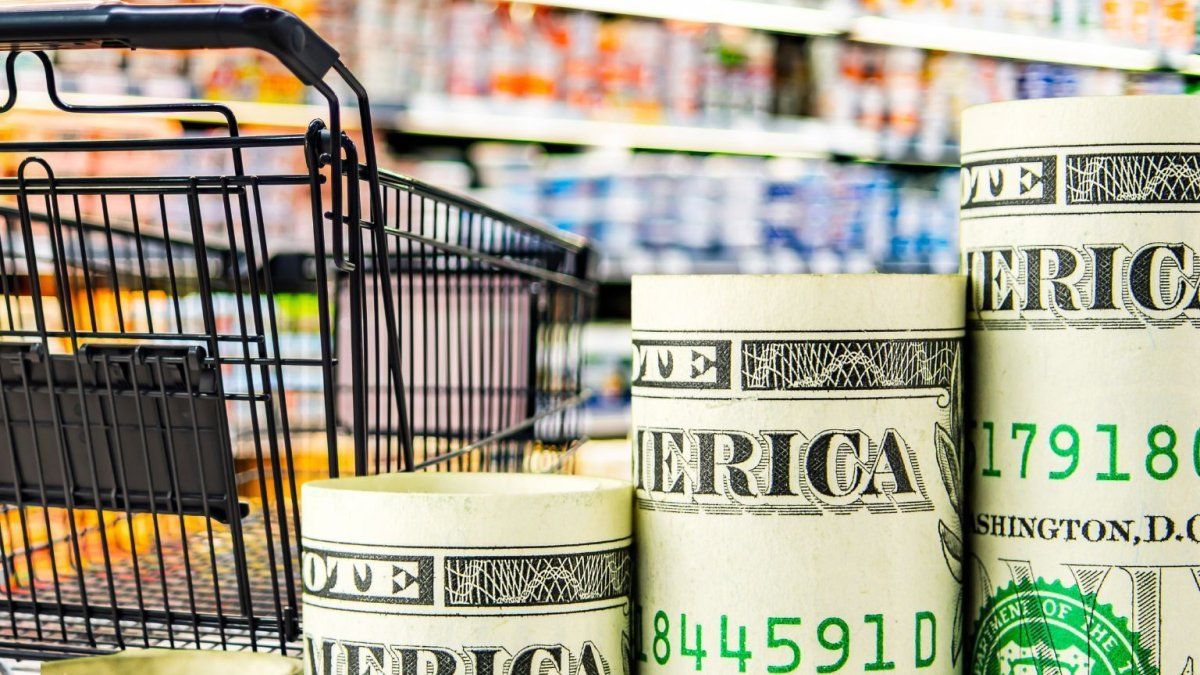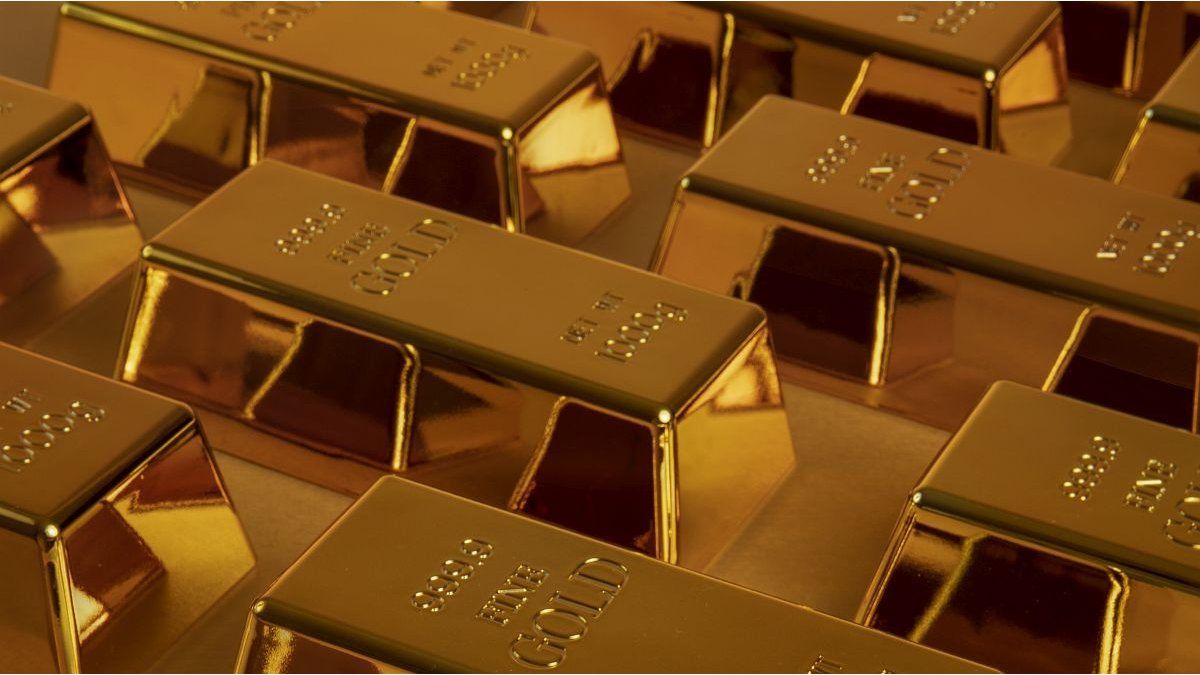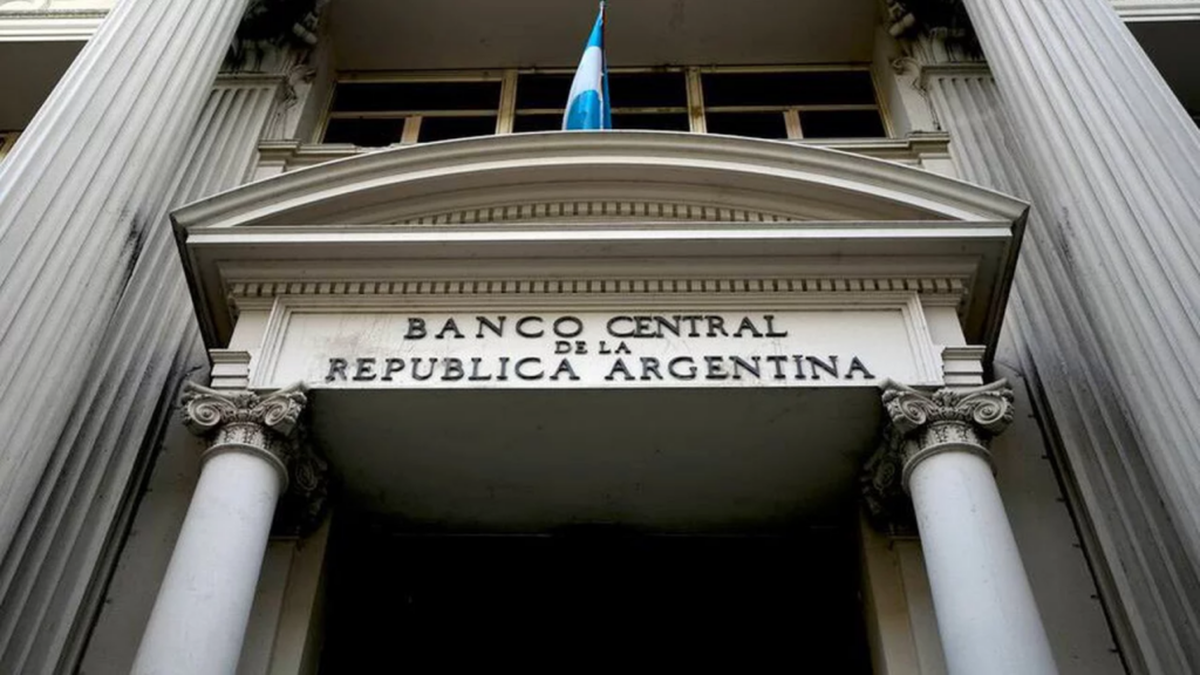Image: LK Upper Austria
“Slurry is an important means of production,” said Upper Austria’s Chamber of Agriculture President Franz Waldenberger at a press conference on Wednesday. Spreading liquid manure as fertilizer improves the fertility of the soil: nutrients such as nitrogen, phosphorus, potassium, sulphur, magnesium, iron and zinc are brought to the fields in this way.
With around 9.5 million cubic meters of liquid manure from cattle and pigs per year, Upper Austria is the number one federal state when it comes to this liquid manure. The proportion is almost 40 percent, because Upper Austria is also the leader in the proportion of pet owners. The liquid manure is part of the circular economy and strengthens the security of supply in Upper Austria, said Waldenberger. As a result, farmers are less dependent on imports and the recently sharply increased or fluctuating prices for mineral fertilizers.
If you take the current prices for nitrogen, phosphorus and potassium mineral fertilizers, the liquid manure is currently worth around 139 million euros. At the beginning of 2022 it was just under 50 million euros, at peak times (March 2022) more than 150 million euros. Thanks to continuously improved fertilizer management, yields in Upper Austria have also increased, said Helmut Feitzlmayr, head of the crop production department at the Chamber of Agriculture.
The volume of fertilizer has fallen slightly in recent years due to the declining animal population. Sales of mineral fertilizers have fallen sharply since 2015 – between 26 and 45 percent, depending on the ingredient. This is evident from Austria-wide figures. Especially recently there has been a slump, according to Feitzlmayr – because of the high prices. Nitrogen mineral fertilizers cost up to around 1000 euros per ton last year. Now the price is around 450, before the crisis it was around 270. The situation with phosphorus and potassium mineral fertilizers is still tense, the prices are 900 to 1000 euros, before the crisis it was around 400 euros.
Feitzlmayr also pointed out that spreading liquid manure close to the ground is an “Upper Austrian success story”. Farmers are changing and improving their methods. Investments have been encouraged for years. The amount of fertilizer that is applied close to the ground and is therefore not thrown through the air has increased in Austria from less than one million to around 5.3 million cubic meters since 2007. This year there will be around seven million. According to EU guidelines, there must be 15 million by 2030 in order to achieve the goals for reducing ammonia emissions. One is on the right track, even if it is still challenging, mainly because of the increased costs and long delivery times for liquid manure technology, said Feitzlmayr.
more from economy




